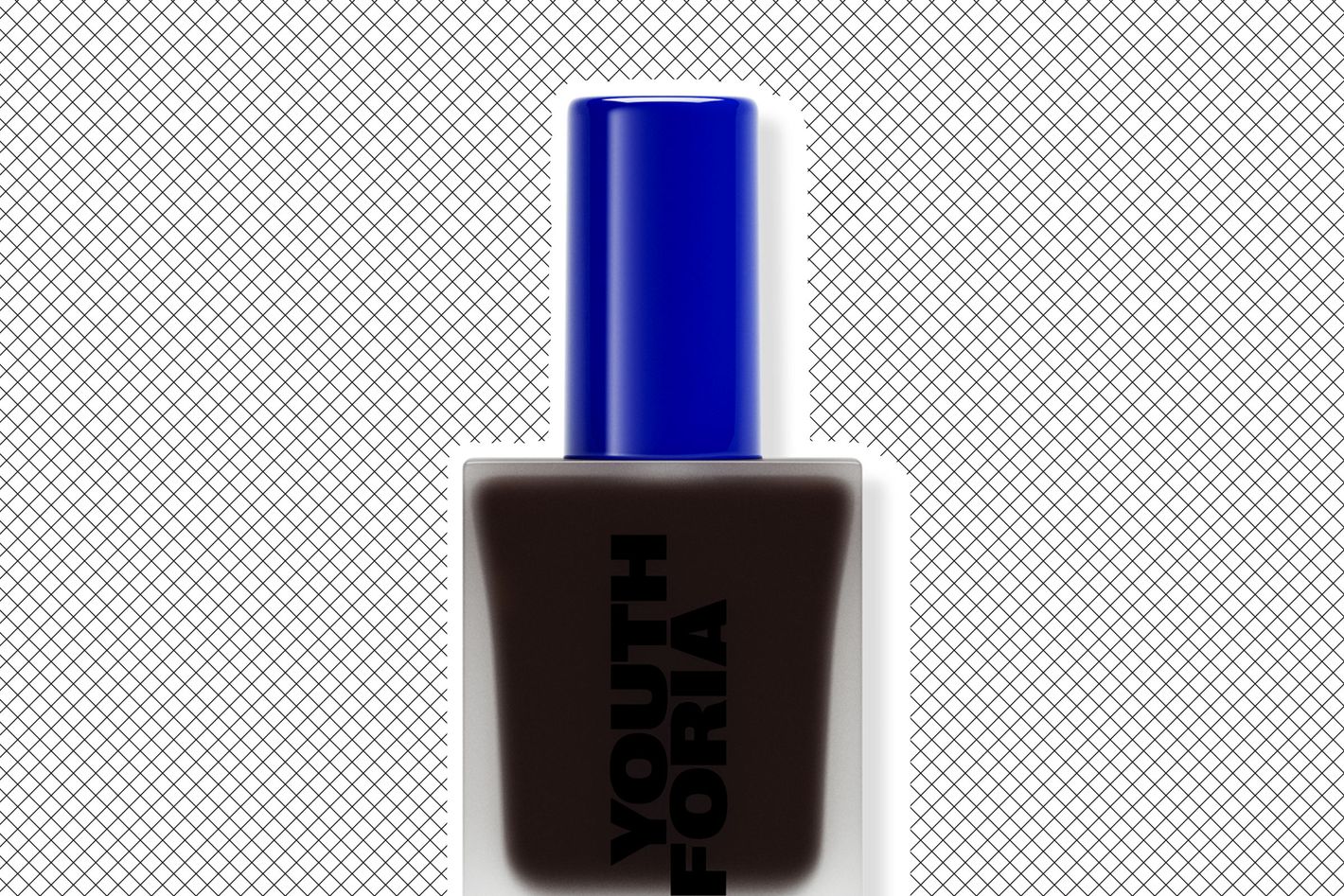
Last August, Youthforia launched a skin-tint serum foundation that the makeup brand claimed was “safe enough to sleep in.” The brand promised a “glass-like finish” for customers looking for a medium-coverage foundation. But they were quickly met with upset customers, mostly darker-skin creators, who called Youthforia out for launching with only 15 shades, the darkest being fit for a golden-brown complexion.
Last October, in a now-deleted TikTok responding to the backlash, the founder Fiona Co Chan said she intended to extend the shade range before the launch but wanted to test the product out with some initial shades first. “It was always my intention to launch this as a proof of concept to see if people even liked the base formula,” she said. “I thought if the project is such a flop then we will have to start over.” But, why not wait until all shades were formulated before debuting the line? Launching a product as a “proof of concept”? Strange. Launching a product in 2024 that excludes an entire community of people? Even stranger.
But, what followed that was downright bizarre.
This March, the brand finally rolled out ten deeper shades. The darkest one? Straight up black. No undertones. Jet-black. (The week it launched, Chan posted a TikTok to the brand’s page, saying she was “super stressed” because she was trying to find models that matched the darkest shade of the Youthforia foundation to no avail.)
Last week, a TikTok creator, Wumi Afuye, created a video expressing her anger after she came across the new shades in Ulta: “I promise you this foundation shade is worse than any foundation shade scandal you’ve ever seen,” she says. “You are going to feel like you are being hate crimed.” Afuye then swatched the darkest shade — shade 600, a jet-black pigment — next to the second-to-darkest shade — shade 590, a deep neutral shade for cool undertones, showing that the darkest shade was simply … black.
That same week, Youthforia sent a message to its “insider crew,” a group of brand ambassadors: “Seeing some confusion on our TikTok from people who are suggesting that our darkest shade of foundation (Shade 600) is ‘black face paint’ and not meant for real people … We created shade 600 as part of our ten-shade expansion this past March. We heard everyone loud and clear last October that our shades were not dark enough or inclusive enough.” The message also included that the shade didn’t match anyone in the U.S. but assured its ambassadors that Chan visited Dubai while testing and found two people in this shade.
Yesterday, the real test came when influencer Golloria George, who is of darker complexion and known for testing deeper foundations, applied Youthforia’s shade 600 foundation to one side of her face and jet-black face paint to the other. The result? The two were almost identical. “Tar in a bottle,” says George. Cosmetic chemist Javon Ford posted a follow-up video responding to George with an in-depth analysis of the foundation’s pigments, which just included … black iron oxide, pure black pigment with no undertones. He compared it to the lighter shades that included three different pigments. “Skin tones typically have some combination of eumelanin and pheomelanin,” he explained. “The pheomelanin is where we get the red and yellow undertones.”
While the beauty industry has dealt with the issue of inclusivity for decades, brands including Fenty and Fashion Fair have pushed for a more diverse shade range. When a brand launch doesn’t take this into account in a real way (i.e., research and investment in pigments and undertones for darker complexions), it sends a message to darker-skin-tone customers. And it’s not for lack of examples anymore: “She literally could’ve used NARS or Fenty foundation shades as a benchmark,” Ford says. Both brands along with other newer brands like Haus Labs and About Face have shades that are fit for melanin-rich skin, even the deepest complexion. The difference is they took the time to formulate shades that have undertones. Because if someone wants face paint, they could visit an art store.
Asia Milia Ware , 2024-04-30 17:38:19
Source link


